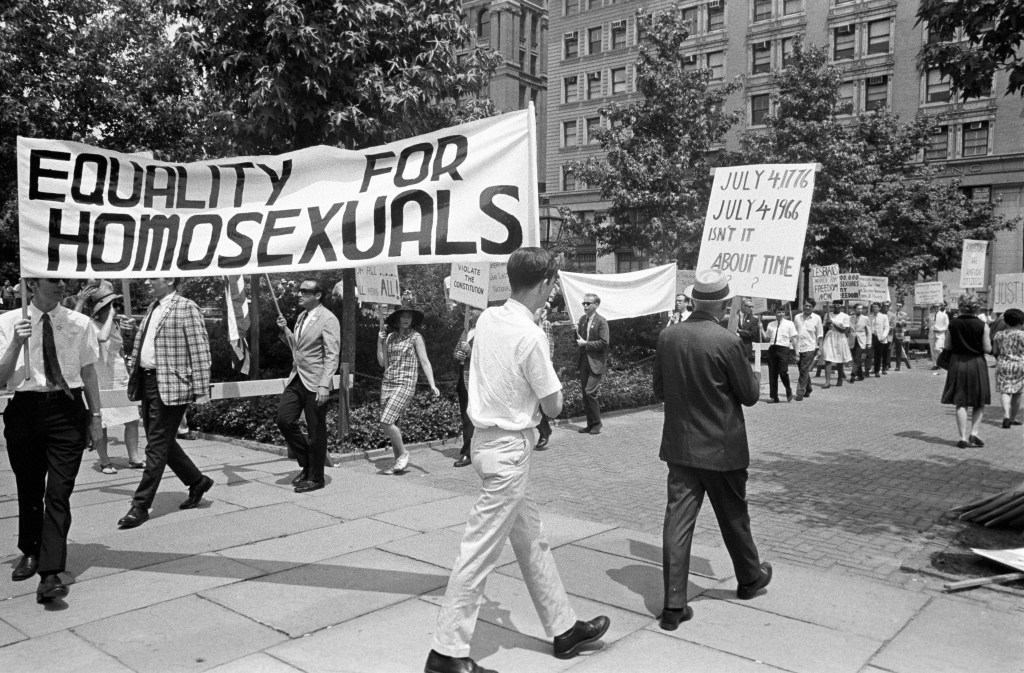The ‘herstory’ of drag: How the art form went from underground to mainstream
Drag has a rich history that started well before RuPaul’s Drag Race exploded onto our TV screens. But where did it all begin?
PinkNews takes you through the ‘herstory’ of drag performance through the ages.
Starting in the 1800s, LGBTQ+ activist William Dorsey Swann is considered to be the first person to call themselves a “queen of drag”. Born in 1858 in Washington DC into slavery and freed after the Emancipation Act in 1862, Swann was known for throwing lavish drag balls with similarities to the modern ballroom scene.
When one of his parties was raided by police – male guests were described by police in 1887 as wearing “corsets, bustles, long hose and slippers” – Swann tried to stand up to them, with historical researcher and journalist Channing Gerard Joseph describing the moment as “one of the first known instances of violent resistance in the name of LGBTQ rights”.
Into the 1930s, drag began popping up in LGBTQ+ bars in secret during an era known as the “Pansy Craze”. At this time in the US, anti-cross-dressing laws were still in place, so queer bars were frequently targeted by police.
By the 1950s, drag became a more mainstream form of entertainment, with the Black Cat Café in San Francisco playing host to several of the era’s popular drag queens, including José Sarria, as headline acts.

The 1960s marked a turning point for queer liberation, with famous protests like the Stonewall riots in 1969 catapulting LGBTQ+ civil rights into the national conversation. Several drag performers such as Stormé DeLarverie took part in the protests and gained popularity as entertainers.
Drag came even further into the mainstream in the 1970s and ’80s, with John Waters’ cult classic Pink Flamingos released, and the New York ballroom scene becoming wildly popular among LGBTQ+ people of colour as an arena to express their identities.
The ballroom circuit is also seen as the birthplace of voguing.
In the 1990s, the iconic RuPaul began to gain prominence as a performer, going on to start the engines of RuPaul’s Drag Race for the first time in 2009, and platforming now-famous queens including Trixie Mattel, Courtney Act, Bianca del Rio, Bob the Drag Queen, Valentina, Shangela, and many more.
And there you have it, a whistle-stop tour through drag ‘herstory’, from Victorian-era balls to RuPaul!

